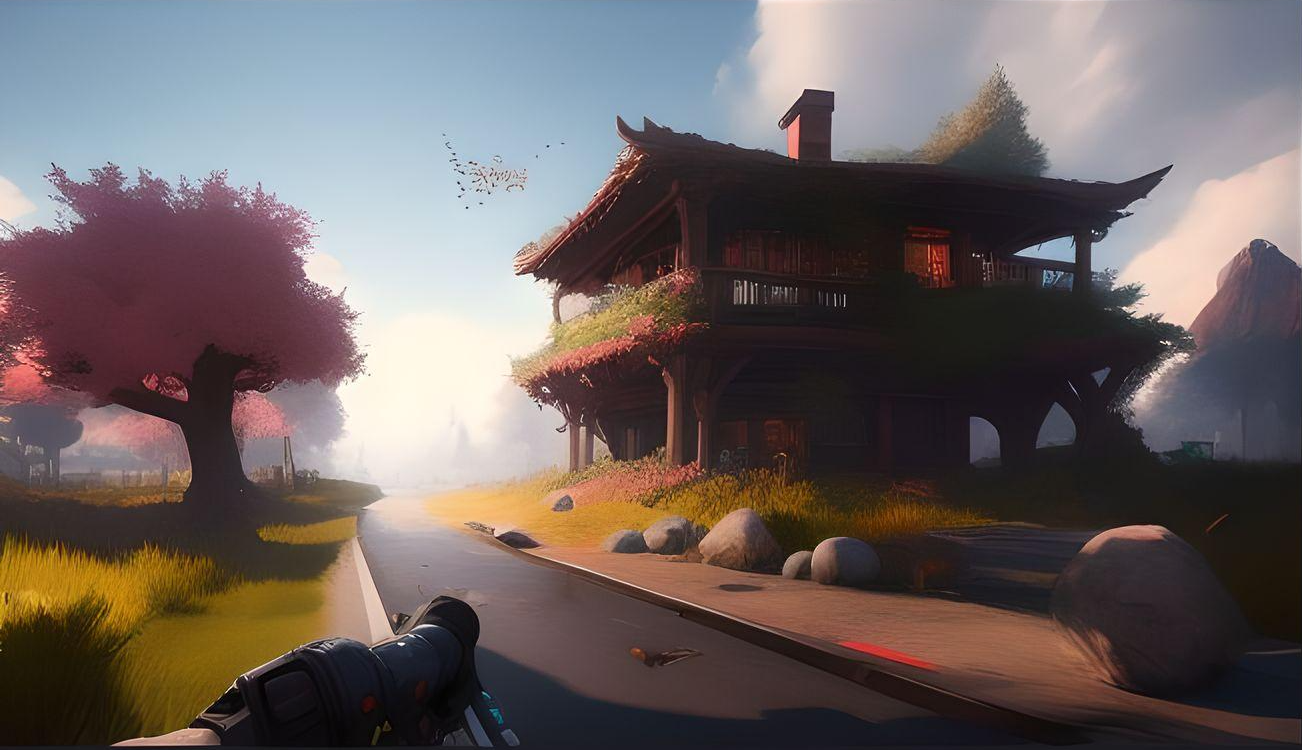A Step-by-Step Guide to Making AR/VR Games

Introduction
The development of augmented reality (AR) and virtual reality (VR) technology has greatly advanced the gaming industry. Players can interact with virtual objects in a realistic setting through these immersive experiences, which provide an unmatched level of engagement. Here is a step-by-step tutorial to help you get started if you want to make your own AR/VR gaming app.
- Conceptualize and Design
Decide on your game’s concept and design before anything else. Think about the type of AR or VR experience you want to create, the target audience, and the platform on which it will be played. This will entail ideation, plot development, and selection of game mechanics, controls, and visual aesthetics. Create a design document, storyboards, and concept drawings to aid in directing the development process. - Pick the Correct Tools
Making the appropriate software and tool choices is crucial for a successful development process. You might think about using ARCore for Android or ARKit for iOS while developing AR games. Popular game engines like Unity and Unreal Engine can offer strong tools and support for a variety of VR platforms, including Oculus Rift, HTC Vive, and PlayStation VR, for VR game production. - Create the Game’s Assets.
All interactive, aural, and visual elements found in games, such as 3D models, textures, animations, sounds, and music, are referred to as game assets. You could need to work with animators, sound designers, and 3D artists, depending on your resources and skill set. Always remember to performance-optimize your assets to make sure they function flawlessly in an AR/VR environment. - Put Game Mechanics and Interactions into Practice.
Start integrating the interactions and game mechanics after you have your assets in place. This entails scripting the laws, goals, and logic that control your game’s universe. This could apply to AR apps and include marker tracking, object recognition, and geolocation. You must take into account movement, physics, and input techniques like hand tracking and motion controllers while developing VR programmes. - Improve and Test
A critical stage in game development is optimisation, which makes your game works well across a range of gadgets and platforms. To find any performance lags or compatibility problems, test your app on a variety of gadgets with various specifications. To achieve the ideal mix between visual quality and performance, tweak the graphics settings, physics calculations, and asset loading. - User Experience (UX) and User Interface
Create an easy-to-use user interface for your video game. Menus, HUD components, and control layouts fall under this category. Give user friendliness and player comfort top priority, especially for VR experiences where nausea and discomfort can be problems. To get feedback and make the necessary changes, test your UI and UX on prospective users. - Quality Control and Bug Remediation
It’s crucial to carry out exhaustive quality assurance testing before publishing your game. This includes locating and resolving bugs, malfunctions, and other problems that might compromise the user experience. You might need to repeat this procedure several times to resolve problems as they come up and make sure your game is polished and ready for release. - Launch and Post-Launch Support
Finally, launch your game on the desired platform(s), making sure to follow any platform-specific guidelines and requirements. To keep players interested after your game goes live, keep providing updates, bug fixes, and fresh content.
Conclusion
AR/VR game app development is an exciting and growing field, offering endless possibilities for immersive and engaging experiences. By following this step-by-step guide, you’ll be well on your way to creating a successful AR/VR game that captive




